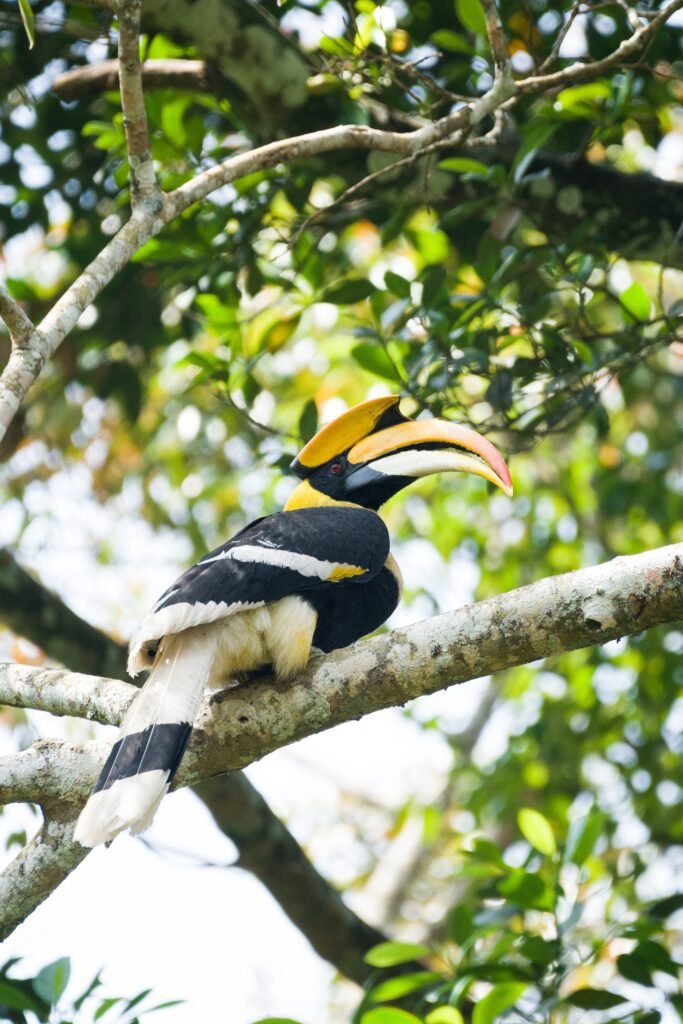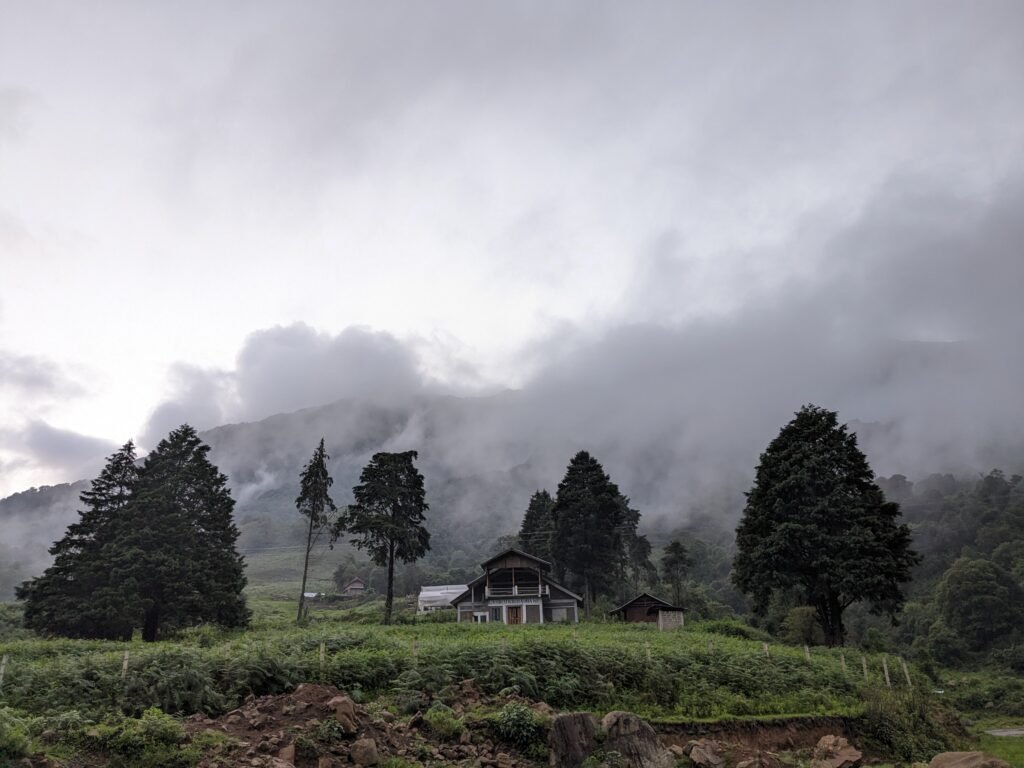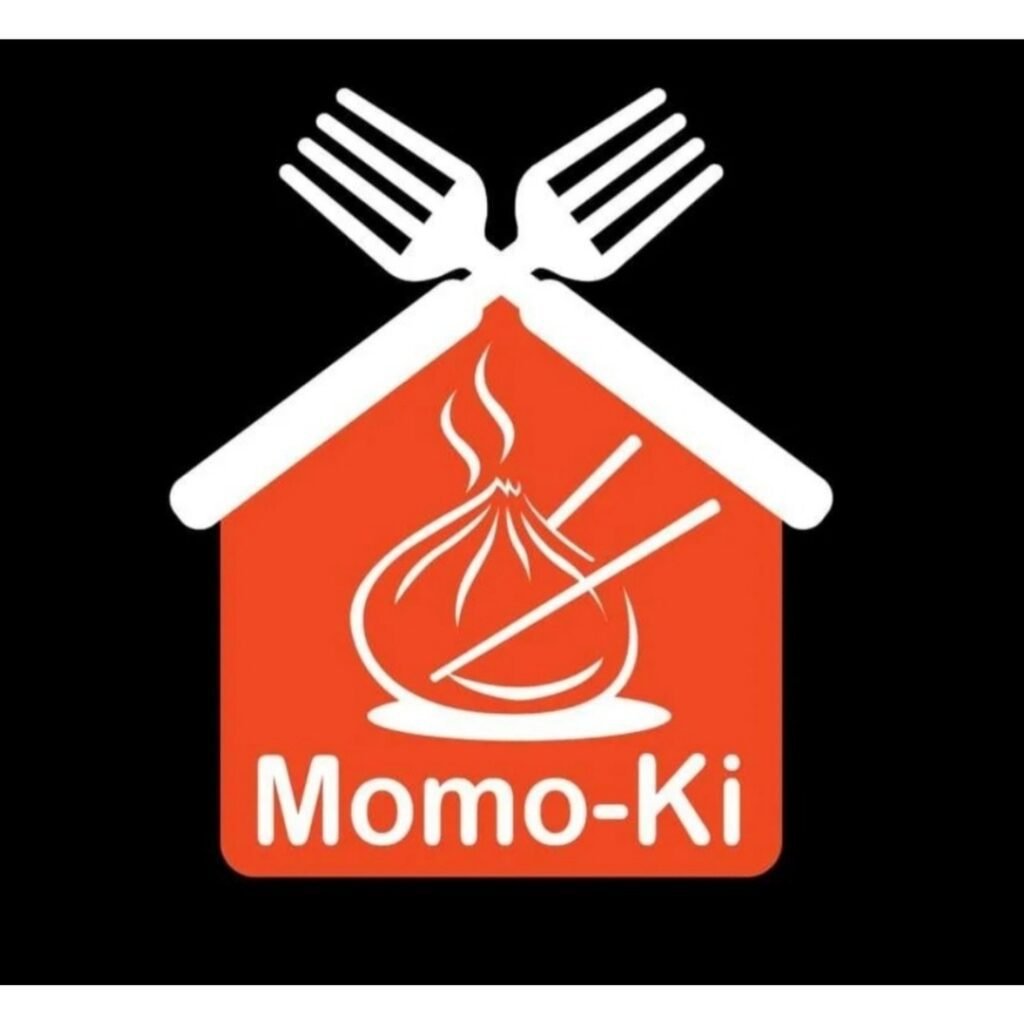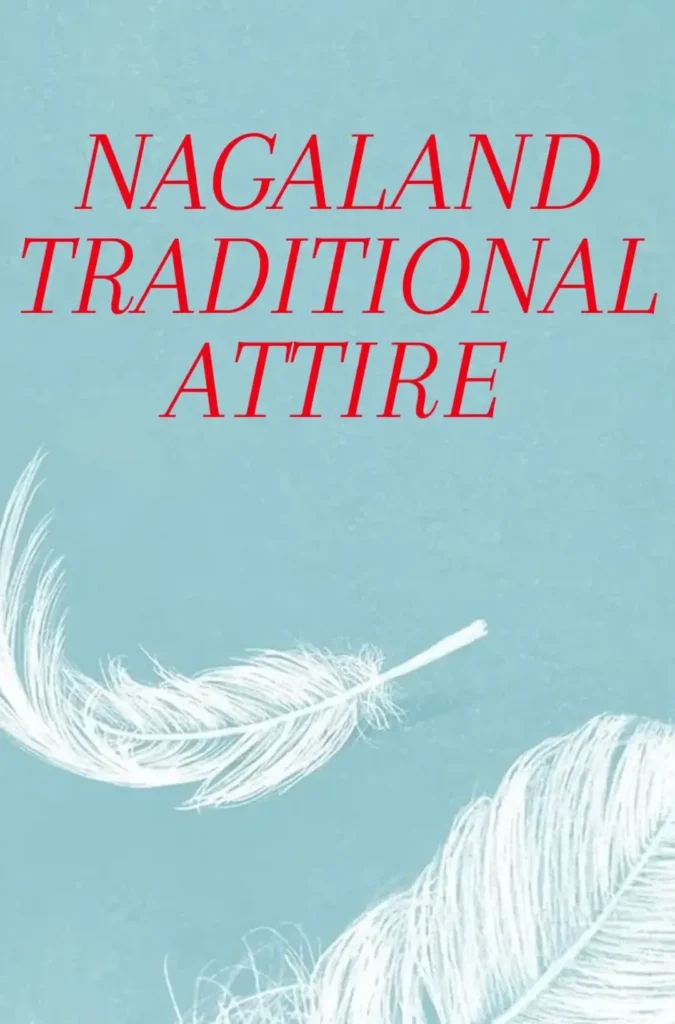
Hornbill is a bird depicted and respected by the Nagas for ages. The folklore and songs sung during the Hornbill Festival depict the importance of this bird. The Naga forefathers used the bird’s feathers to decorate the Naga warriors’ headgear. But, due to extensive hunting, this bird species reached the brink of extinction, which became an eye-opener for the people. In 2000, the Hornbill Festival was celebrated for the first time in Nagaland and continues to date. It included folk songs and dances, traditional games, and songs from their wars. And today, it is the most famous festival in Nagaland, where people from around the globe come to celebrate.
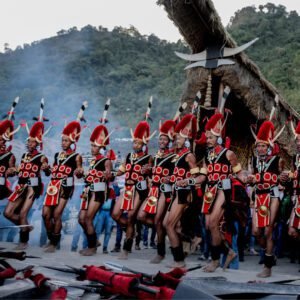
The Hornbill festival, often cited as the “festival of all festivals”, is celebrated in Nagaland, North East of India, with great honour. A yearly feature takes place from 1st to 10th December at the heritage village of Kisama, about 12 km from Kohima—the capital of Nagaland. The festival celebrates the cultural extravaganza of all the Naga tribes. It is an opportunity for every visitor to catch a ring-side view of all the Naga tribes, their vibrant culture and distinctiveness in one place. The festival is conceptualised to showcase the Naga culture through splendid traditional music, dance, and performances. Each tribe addresses their culture with utter respect and thus finds it essential to grace the festival with its cultural presence and is celebrated with such pride and gusto.
Each Naga tribe have their way of promoting its culture through the traditional ceremonial attire; different for each tribe, there are multi-coloured spears and Dao’s with dyed goat’s hair. The exotic headgears and ivory armlets are other famous traditional things of Nagas which steal the show. In earlier times, the fighters had to prove their bravery to wear these. The medleys that immortalise love stories, folk tunes, and gospel songs are also cherished. The festival is named after Hornbill, one of the most respected bird species in the state. Interestingly, the importance of the bird is reflected in several tribal cultural expressions, songs, and dances.

The festival is gritting in its element and a powerful representation of the Naga culture through splendid traditional music, dance and performances. The performances are highly eye-catching and demand attention. All diverse tribes in Nagaland offer their heartfelt contribution towards making the festival more vibrant and entertaining. All people unite under one wing to make this celebration an extraordinary possibility.
People worldwide visit this promising occasion to witness or participate or, sometimes, both merely. Visitors will be offered a clearer glimpse of understanding of the Naga culture. Travel enthusiasts can join in extravagant traditional dances, musical performances and competitions.
Evenings are lit by the thrilling Hornbill National Rock Concert in which bands from all over the country and abroad participate to compete. The fabulous Night Market follows this in the town. But the most attractive event at the festival is the Naga chilli eating competition. Additionally, the pork-eating festival draws crowds and evokes much fanfare and excitement. Despite the tremendous modernity entering their lives, the people have preserved their customs and legacy. People dwelling here are fond of celebrating the deeds of their ancient warriors and folk heroes.
Important Events of the Festival
Mostly, the hornbill festival starts by celebrating the Statehood Day Function at Secretariat Plaza at Kohima. Later in the evening, the inaugural program is held at the main venue at the main Arena, Kisama. There are religious and ceremonial parades, and this is the best time for any visitors to experience each tribe’s ceremonial performance, which is elegantly beautiful and delivered eccentrically.
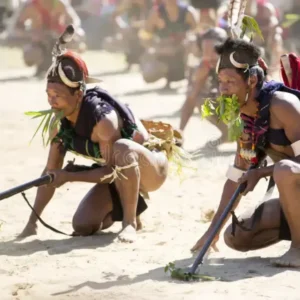 One can experience various energetic traditional folk dances and musical performances that ensue during the gradual course of events are a closely-knit representation of the cultural heritage of Nagaland. The festival is lush with various food fairs, games, songs, musical concerts and entertainment to keep the lively spirits of the celebration going. Multiple sports, crafts, dance, fashion shows, and beauty competitions are held.
One can experience various energetic traditional folk dances and musical performances that ensue during the gradual course of events are a closely-knit representation of the cultural heritage of Nagaland. The festival is lush with various food fairs, games, songs, musical concerts and entertainment to keep the lively spirits of the celebration going. Multiple sports, crafts, dance, fashion shows, and beauty competitions are held.
Naga culture and ethnicity are performed and enjoyed during the festival to bring out the competitive spirit in people. Traditional artwork, wood crafts, handy crafts, sculptures, paintings, and wood carvings are displayed. Sales and exhibitions of these art pieces, handloom and handicrafts are held. There are also herbal medicine stalls and displays of flower shows. Various food stalls serve different varieties, including the traditional Naga food, which is deliciously indulging. People indulge in traditional archery, Naga wrestling, indigenous games, other athletic sports and other activities. The Hornbill International Rock Festival is a significant highlight of the Hornbill Festival. Various local and international rock bands perform at Indira Gandhi Stadium. The celebrations and concerts are carried out throughout the night.
